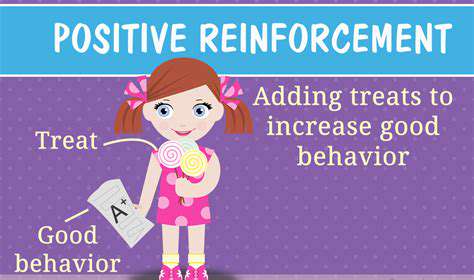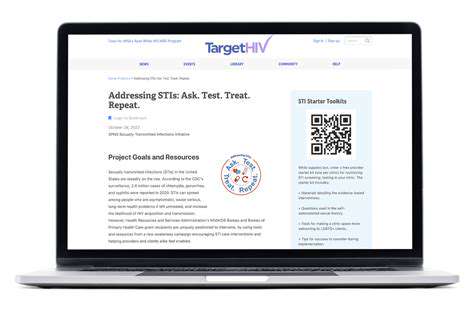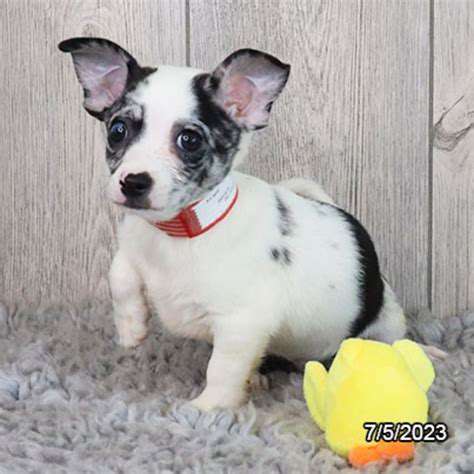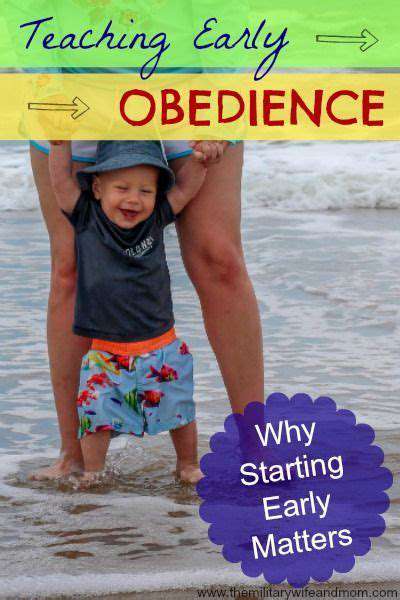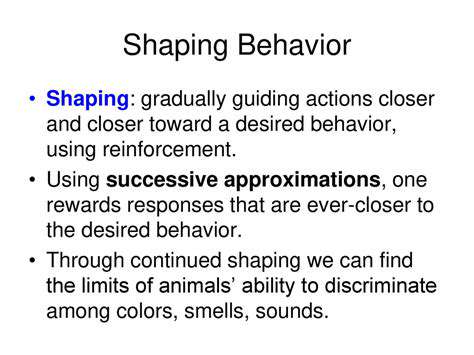Interpreting Your Puppy's Body Language During Socialization: Signs of Stress
Building Confidence Through Positive Reinforcement
Understanding the Power of Positive Reinforcement
Positive reinforcement stands as one of the most effective methods for shaping canine behavior, particularly during the critical puppy training phase. Rather than relying on punitive measures that may instill fear, this approach emphasizes rewarding actions you wish to encourage. The result is a deeper bond between owner and pet, transforming training sessions into enjoyable interactions for both parties. When you consistently reward desirable behaviors, you're clearly communicating your expectations to your puppy in a way they can understand.
This methodology cultivates trust and enhances the puppy's natural curiosity and cooperative instincts. Young dogs are in a constant state of learning about their environment, and positive reinforcement helps them establish clear connections between their actions and outcomes. This understanding leads to better-adjusted, happier companions who are eager to please.
Identifying Desirable Behaviors
Effective positive reinforcement begins with recognizing which behaviors merit encouragement. These might include fundamental commands like sit or stay, proper leash walking, or coming when called. Spending time observing your puppy's natural inclinations will help you identify which behaviors to nurture.
It's crucial to appreciate that not all valuable behaviors are dramatic. Simple acts like calm interactions with strangers or other animals, or resting quietly in their bed, deserve equal recognition. The more precisely you can identify these positive actions, the more targeted and successful your training will become.
Choosing Appropriate Rewards
The effectiveness of any reward system depends entirely on what motivates your individual puppy. While treats work well for many dogs, others might respond better to verbal praise, brief play sessions, or access to a favorite toy. The key lies in discovering what truly excites your particular puppy, as this will vary significantly between different temperaments and personalities.
Delivering Rewards Immediately
The timing of rewards significantly impacts their effectiveness. To create strong behavioral connections, rewards must follow the desired action within seconds. This immediate feedback helps puppies clearly associate their behavior with positive outcomes. The faster this connection is made, the more quickly and permanently the lesson will be learned.
Consistency is Key
Uniform application of positive reinforcement principles is absolutely essential for successful training. When puppies can reliably predict the consequences of their actions, they learn more quickly and retain lessons longer. Inconsistent reinforcement creates confusion, potentially setting back the training process and frustrating both pet and owner.
Addressing and Correcting Undesirable Behaviors
While the focus remains on encouraging good behavior, owners must also develop strategies for managing less desirable actions. Rather than punishment, the most effective approach involves redirecting the puppy's attention to an approved activity and reinforcing that behavior instead. This positive approach to correction maintains the puppy's trust while still establishing boundaries.
Patience and Persistence
Canine education requires significant time and understanding. Each puppy learns at their own pace, with some behaviors taking weeks or months to master fully. Maintaining consistency in your approach while celebrating incremental progress will yield the best long-term results. The investment you make in positive, patient training during these early months pays dividends throughout your dog's life, creating a well-mannered companion and deepening your mutual bond.
Remember that the foundation you build through positive reinforcement shapes your puppy's future behavior and temperament. While the process demands dedication, the rewards of a happy, confident, and well-behaved dog make every effort worthwhile.
Read more about Interpreting Your Puppy's Body Language During Socialization: Signs of Stress
Hot Recommendations
- The Impact of Early Socialization on a Dog's Interaction with Other Animals
- Car Travel and Puppy Socialization: Making the Journey a Positive Experience
- The Importance of Early Environmental Exposure for Puppy Development
- Taking Your Puppy to the Vet: Positive Socialization Strategies
- Making Training a Positive Experience for Your Puppy
- Public Transportation and Puppy Socialization: A Step by Step Guide
- Safe Socialization: Allowing Others to Pet Your Puppy
- Helping a Puppy Who Struggles with "Stay"
- Positive Puppy Interactions: Making Meetings with New Friends Fun
- No Treats Needed? Training Basic Commands with Verbal Praise


